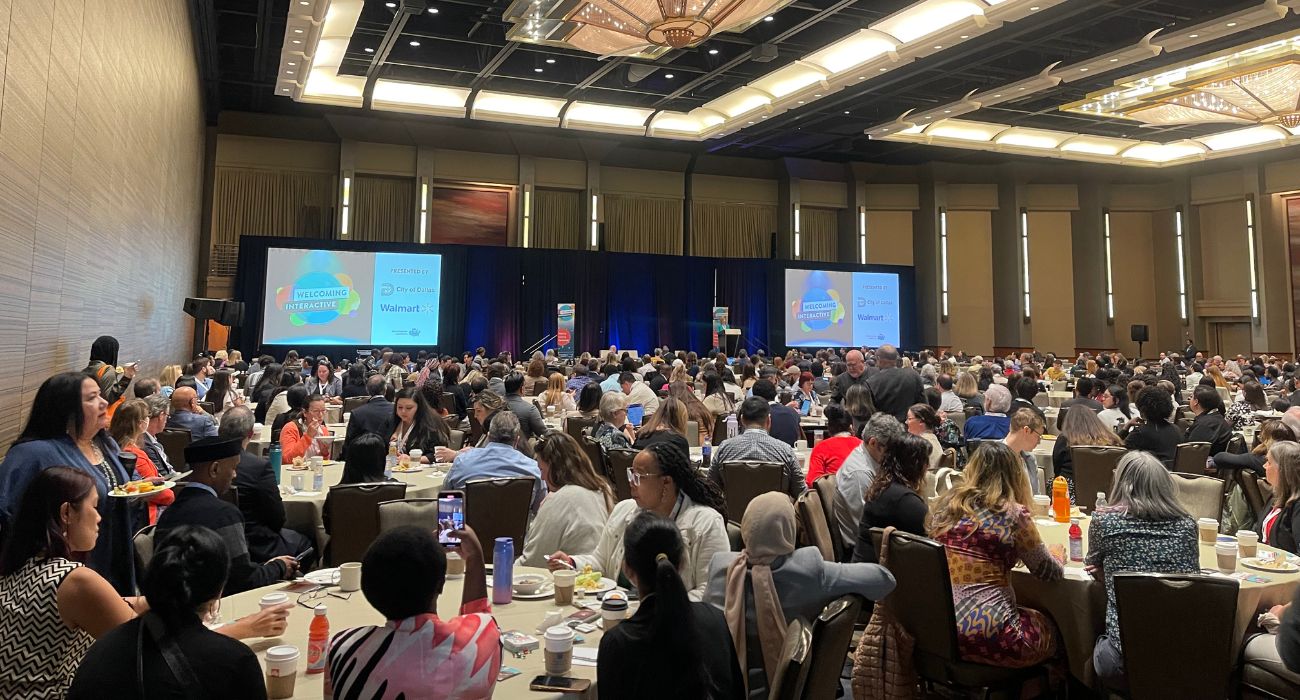Solutions to the problem of food waste are now being explored using chemistry and physics.
More specifically, restaurants, grocers, farmers, and food companies hope to fight against food waste by extending the shelf-life of food.
Some fixes involve spray-on peels and chemically-enhanced sachets that would slow the ripening of fruits, WFAA reported.
Scientists are also exploring ways to keep takeout fries from getting soggy by using thermodynamics. For instance, Bill Birgen, an aerospace engineer, developed a plant-based packet in 2020 known as SavrPak. The packet is meant to go in takeout boxes to absorb condensation, keeping food inside from getting soggy.
The director of the Postharvest Technology Center at the University of California – Davis, Elizabeth Mitchum, has been in the field for 30 years. She told WFAA that she had noticed an uptick in interest in food waste among companies.
“Even companies that have been around for a while are now talking about what they do through that lens,” she said.
Food waste is a big problem in the United States, with rotting food making up the largest classification of landfill waste.
In 2018, roughly one-third of available food in the United States ended up being thrown away. Additionally, rotting food releases methane, a greenhouse gas.
Although innovative products to reduce food waste — such as digital sensors that determine when the meat has gone bad — are in the development process, some companies consider their cost too high.
Kroger suggested this when it ended its contract with Apeel, a company that coats produce in an edible chemical to keep it from rotting as quickly. The grocery retailer found that consumers were gravitating toward cheaper options and were unwilling to pay the extra cost of Apeel-treated produce.
Additionally, companies like Apeel face the problem of creating ultra-specific gadgets for each type of food product since they all have different chemical makeups. This issue means that there will likely be no one big one-size-fits-all solution to the problem of food waste, but rather perhaps many small ones.






